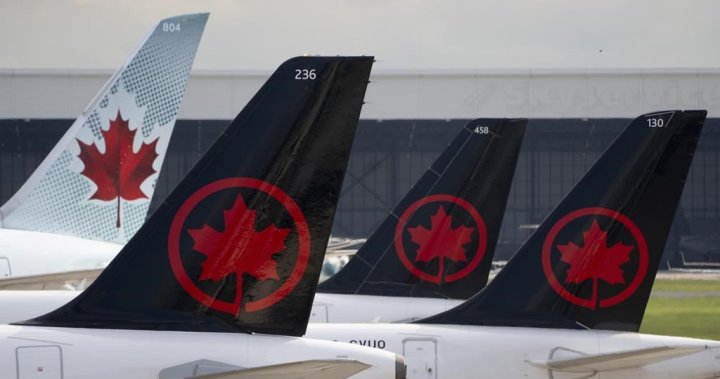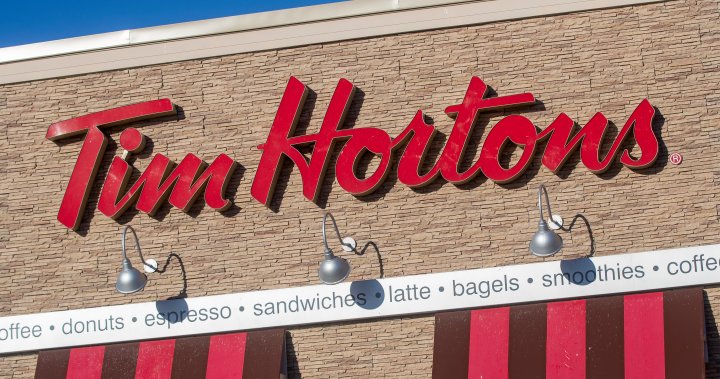The Supreme Court on Thursday rejected a nationwide settlement with OxyContin maker Purdue Pharma that would have shielded members of the Sackler family who own the company from civil lawsuits over the toll of opioids but also would have provided billions of dollars to combat the opioid epidemic.
After deliberating more than six months, the justices in a 5-4 vote blocked an agreement hammered out with state and local governments and victims. The Sacklers would have contributed up to $6 billion and given up ownership of the company but retained billions more. The agreement provided that the company would emerge from bankruptcy as a different entity, with its profits used for treatment and prevention.
The high court had put the settlement on hold last summer, in response to objections from the Biden administration.
It’s unclear what happens next.
Arguments in early December lasted nearly two hours in a packed courtroom as the justices seemed, by turns, unwilling to disrupt a carefully negotiated settlement and reluctant to reward the Sacklers.

The issue for the justices was whether the legal shield that bankruptcy provides can be extended to people such as the Sacklers, who have not declared bankruptcy themselves. Lower courts had issued conflicting decisions over that issue, which also has implications for other major product liability lawsuits settled through the bankruptcy system.
The email you need for the day’s
top news stories from Canada and around the world.
The U.S. Bankruptcy Trustee, an arm of the Justice Department, argued that the bankruptcy law does not permit protecting the Sackler family from being sued. During the Trump administration, the government supported the settlement.
The Biden administration had argued to the court that negotiations could resume, and perhaps lead to a better deal, if the court were to stop the current agreement.
Proponents of the plan said third-party releases are sometimes necessary to forge an agreement, and federal law imposes no prohibition against them.
OxyContin first hit the market in 1996, and Purdue Pharma’s aggressive marketing of it is often cited as a catalyst of the nationwide opioid epidemic, with doctors persuaded to prescribe painkillers with less regard for addiction dangers.
The drug and the Stamford, Connecticut-based company became synonymous with the crisis, even though the majority of pills being prescribed and used were generic drugs. Opioid-related overdose deaths have continued to climb, hitting 80,000 in recent years. Most of those are from fentanyl and other synthetic drugs.
The Purdue Pharma settlement would have ranked among the largest reached by drug companies, wholesalers and pharmacies to resolve epidemic-related lawsuits filed by state, local and Native American tribal governments and others. Those settlements have totaled more than $50 billion.
But the Purdue Pharma settlement would have been only the second so far to include direct payments to victims from a $750 million pool. Payouts would have ranged from about $3,500 to $48,000.
Sackler family members no longer are on the company’s board, and they have not received payouts from it since before Purdue Pharma entered bankruptcy. In the decade before that, though, they were paid more than $10 billion, about half of which family members said went to pay taxes.
The case is Harrington v. Purdue Pharma, 22-859.
© 2024 The Canadian Press





